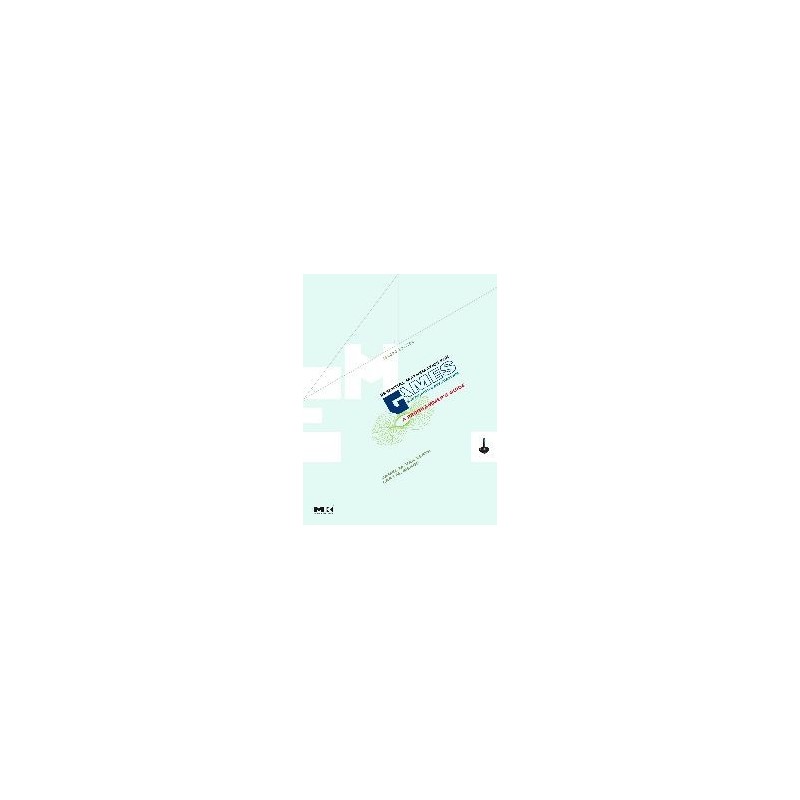- Obecnie brak na stanie



Listwa stykowa prosta w kolorze czarnym, dwurzędowa, żeńska, 2x5, raster 1,27mm, THT, RoHS. PBD10S
Brak towaru
Brak towaru
Opaski zaciskowe wykonane są w elastycznego tworzywa sztucznego cechującego się dużą wytrzymałością zarówno mechaniczna jak i termiczną. Lanberg ORG01-BVP400-MC2
Brak towaru
Brak towaru
Brak towaru
Brak towaru
Brak towaru
Brak towaru
Brak towaru
UGears Pojemnik na Kostki to nie tylko praktyczne pudełko na kostki do gier, ale także fascynujący model mechaniczny, który z pewnością przyciągnie uwagę na każdym stole do gier i będzie cennym dodatkiem do kolekcji każdego miłośnika gier planszowych i drewnianych puzzli 3D. UGears 70072
Brak towaru
Brak towaru
Brak towaru
Brak towaru
Brak towaru
Brak towaru
Brak towaru

